Lives of a Bengal Lancer, The (1935)
“What’s a son to him, compared to his blasted regiment?”
|
Synopsis: |
|
Genres:
Review: The story revolves around ongoing tensions between a career-obsessed colonel (Standing): who can’t fathom leaving his work behind when he dies, and his quietly ambivalent son (Cromwell). As with Gunga Din (1939) — also taking place in colonial India — it’s hard to watch a film which so blatantly elevates imperialism; but this is ultimately a relic of its time. As pointed out in TCM’s article:
With that said, the entire affair is atmospherically filmed; Cooper and Tone are charismatic compatriots-in-arms (check out the freaky snake-“charming” scene): … and the finale is excitingly staged. Note: This film is also distinctive as “one of only two pictures in which Cooper wears a mustache” (!). Redeeming Qualities and Moments: Must See? Links: |
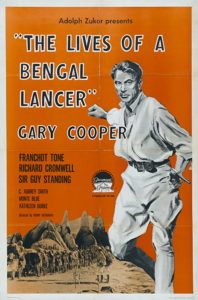
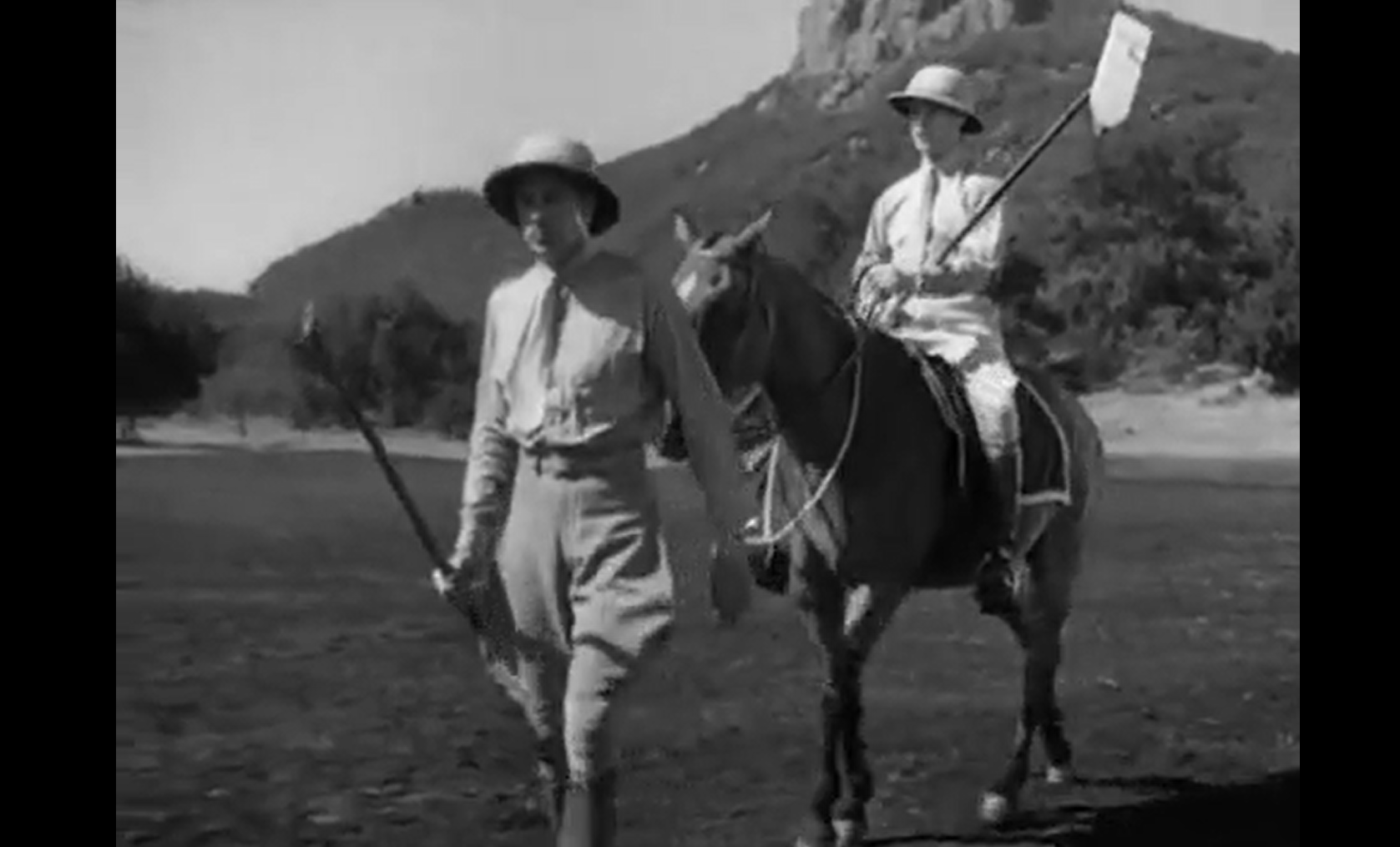



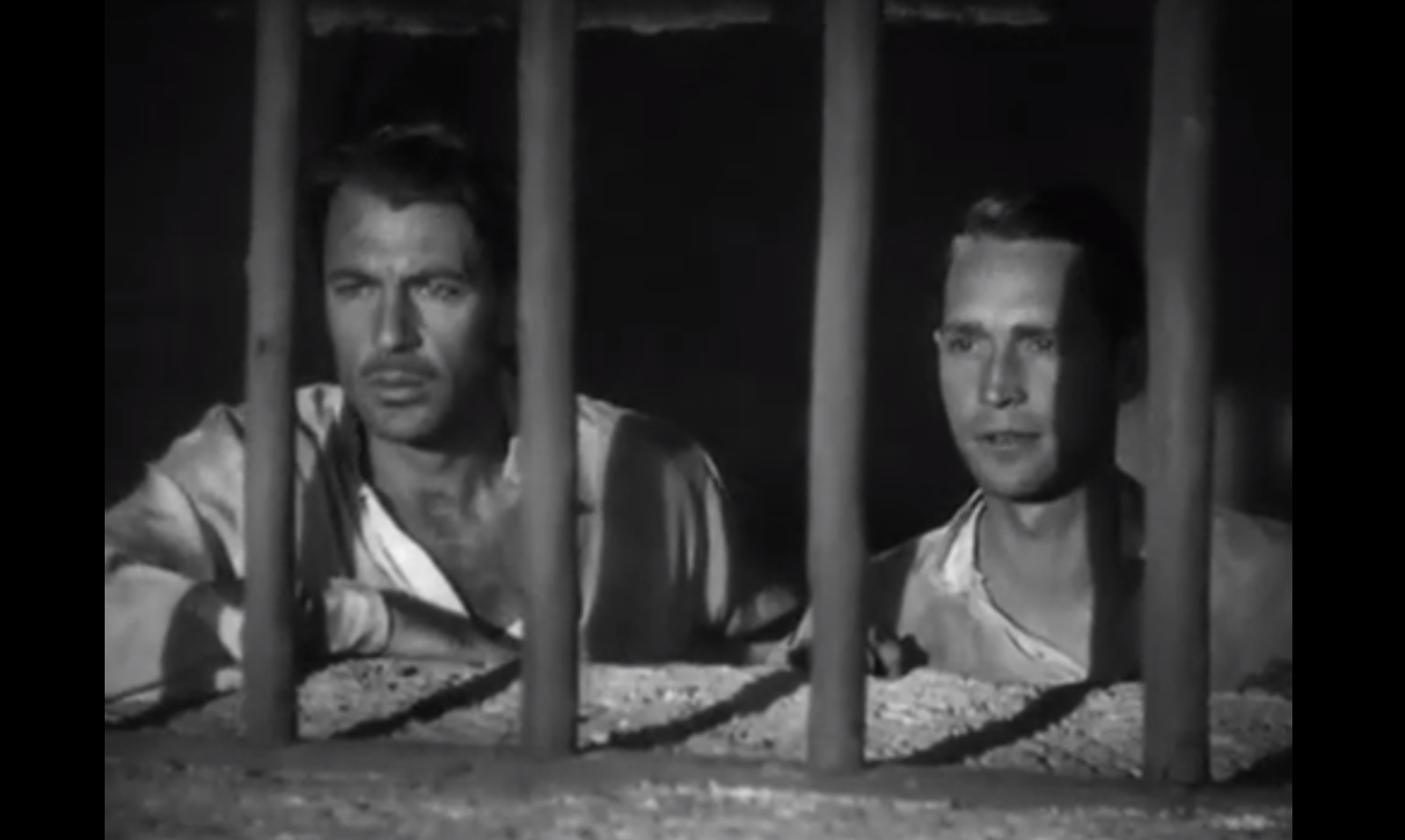
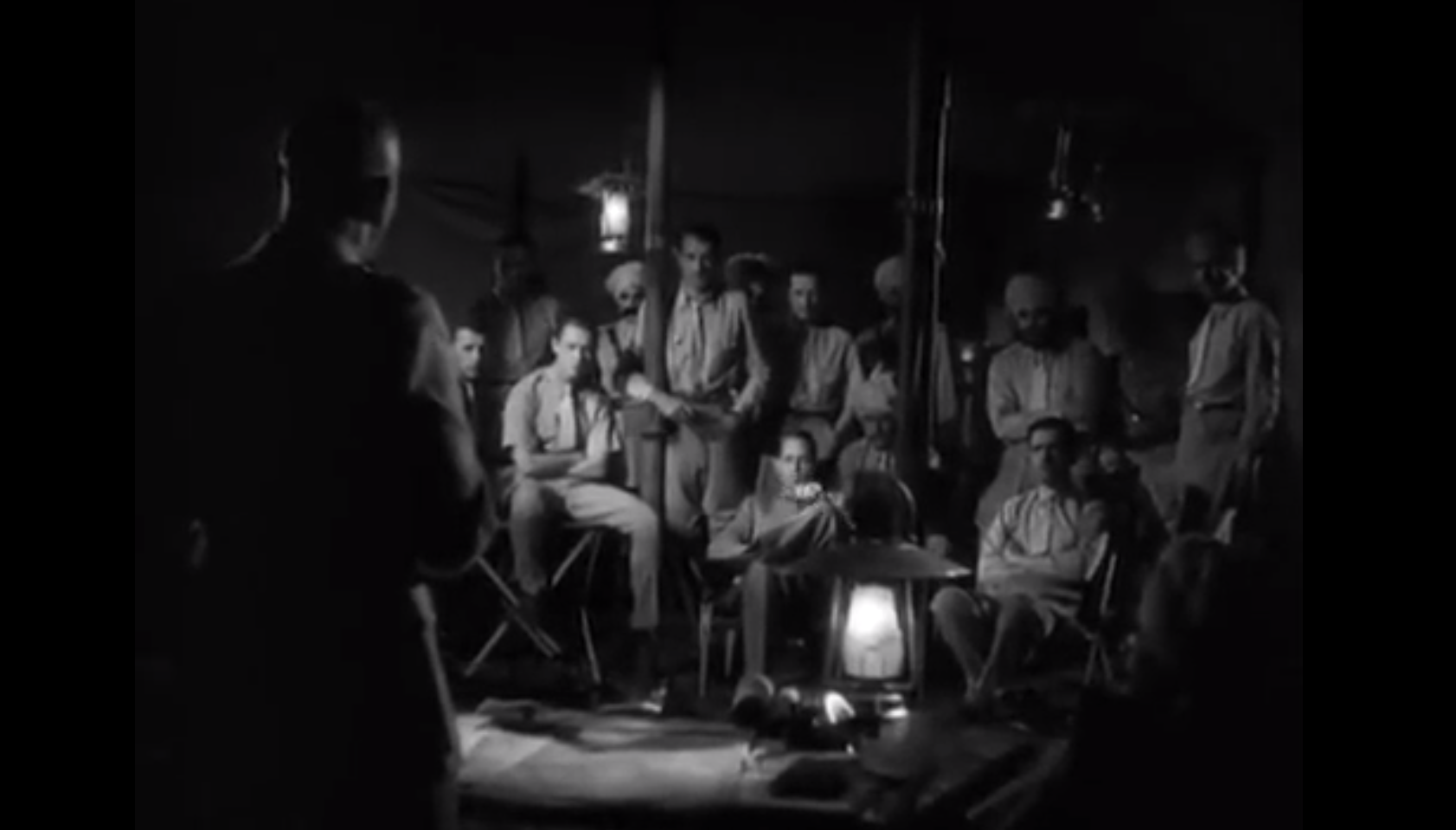
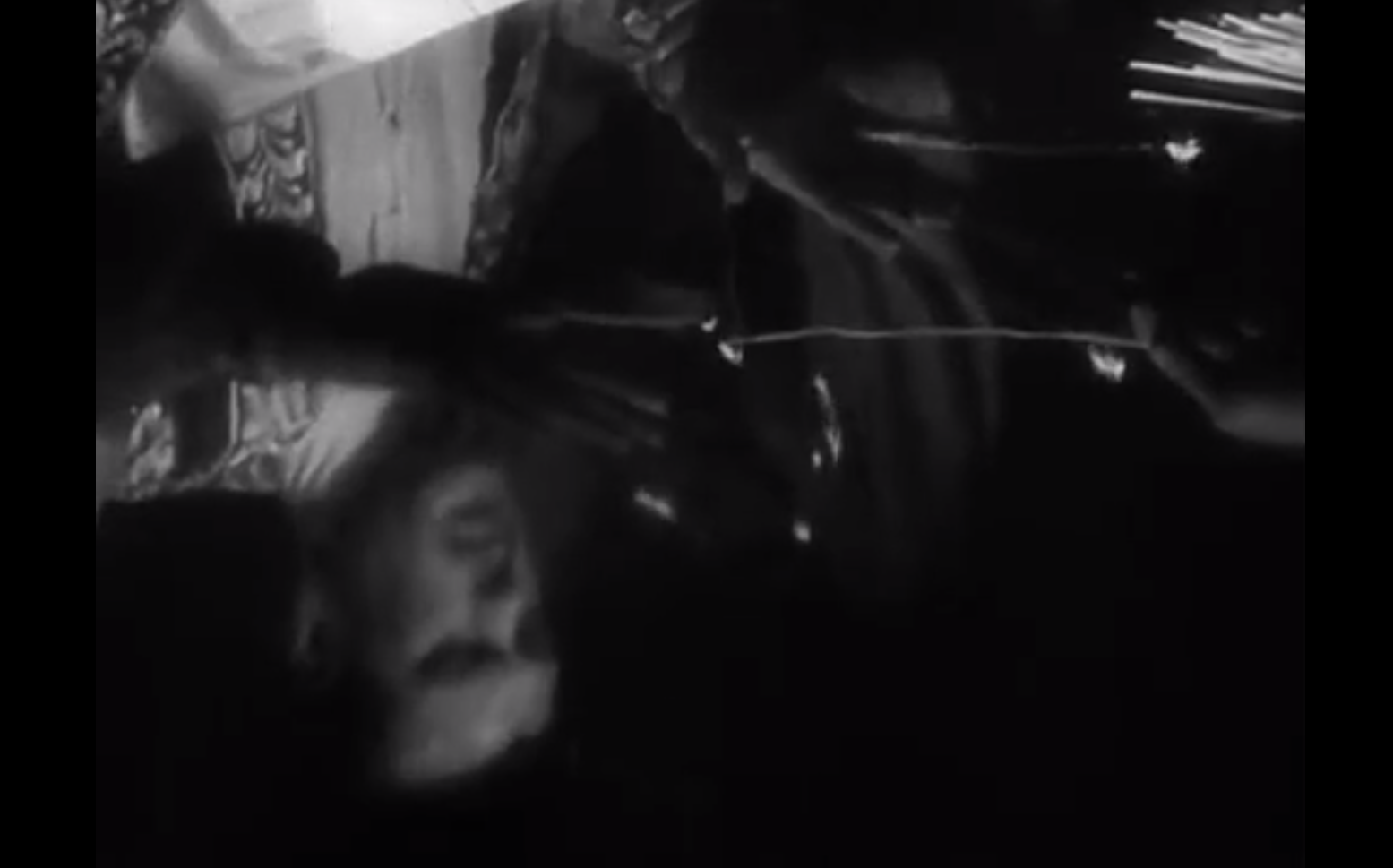
2 thoughts on “Lives of a Bengal Lancer, The (1935)”
Agreed; not must-see. However, for those whose interest in it may be simply as a piece of filmmaking… it’s solid work – well-directed and acted (with the weighty Cooper / Tone dynamic a strong one), and it’s effectively photographed. And, yes, the scene with the snake is a standout.
I took particular note of Tone’s performance this time. I’ve wondered why, in general, I’ve rarely paid much attention to him – but, as it turns out, that’s partially because the latter part of his career (say, the last 20 years) was mainly spent in television; appearing in the kinds of programs that I didn’t normally watch. However, earlier on, he proved to be the kind of actor who – though seemingly not of wide range – was not exactly one-note. He had the kind of persona that could turn in a good performance as long as he was properly cast. My best guess is that he turned more to tv as the means to finding more challenging roles (so that he would be type-cast less often).
Funny you mention that about Tone, because I’ve watched him in a number of early films recently, and been taken with his performances — more so than I thought I would. Like you, I’m pleasantly surprised by his range and a little sheepish I was unaware of his skill.